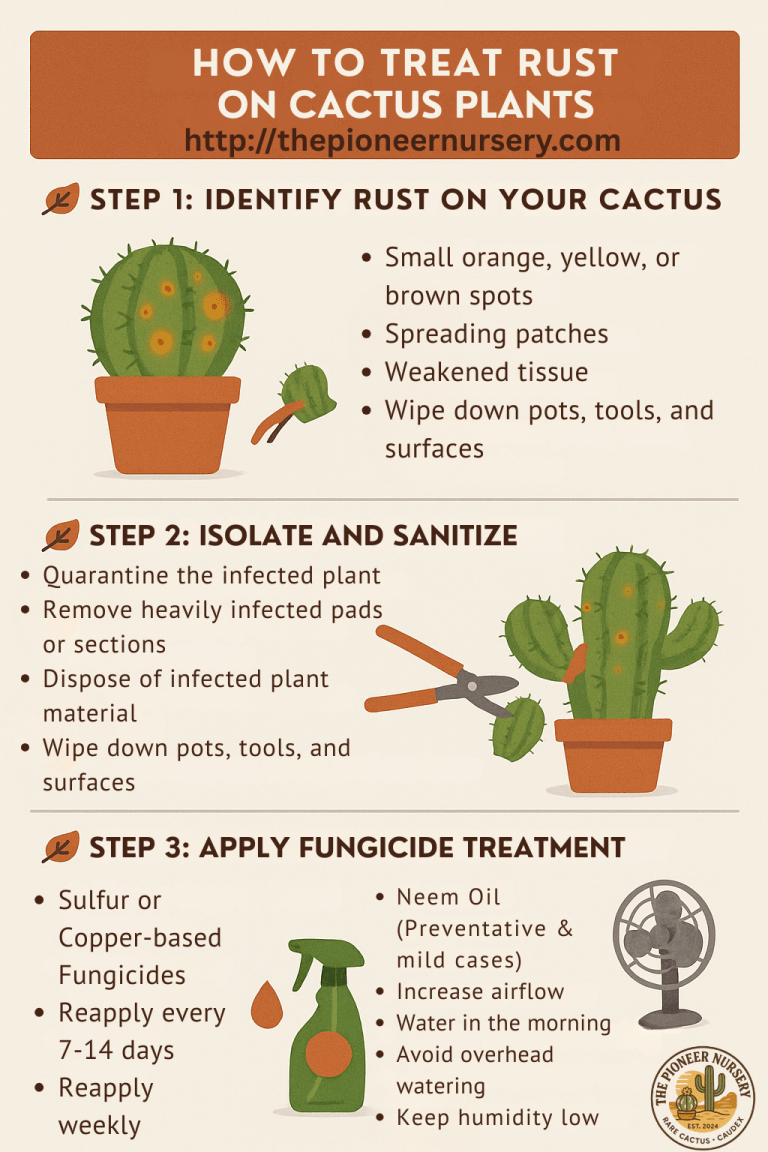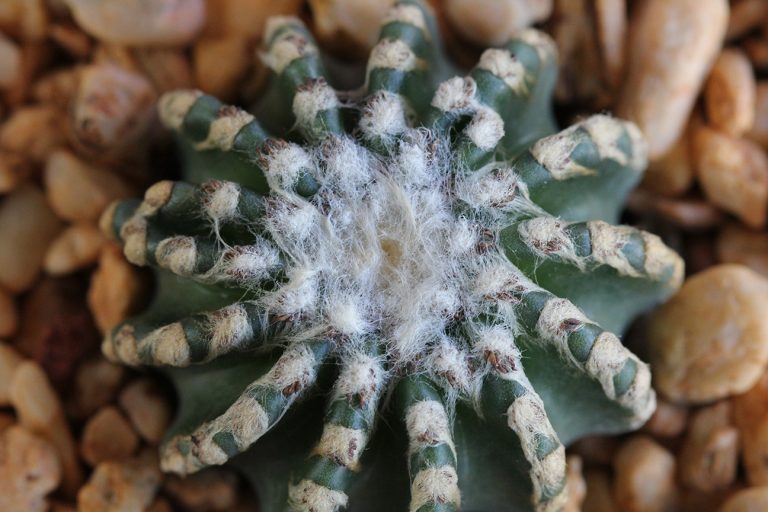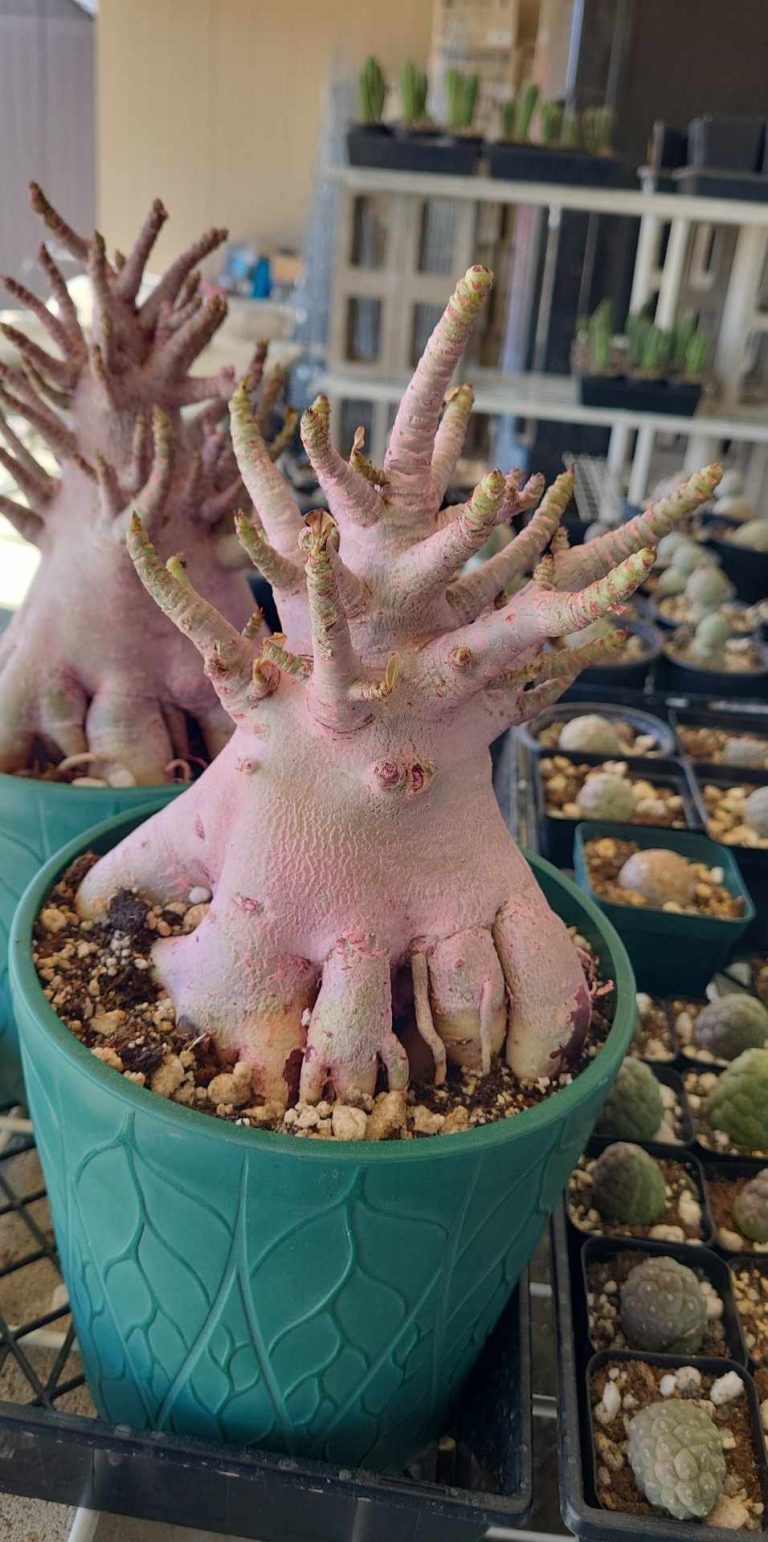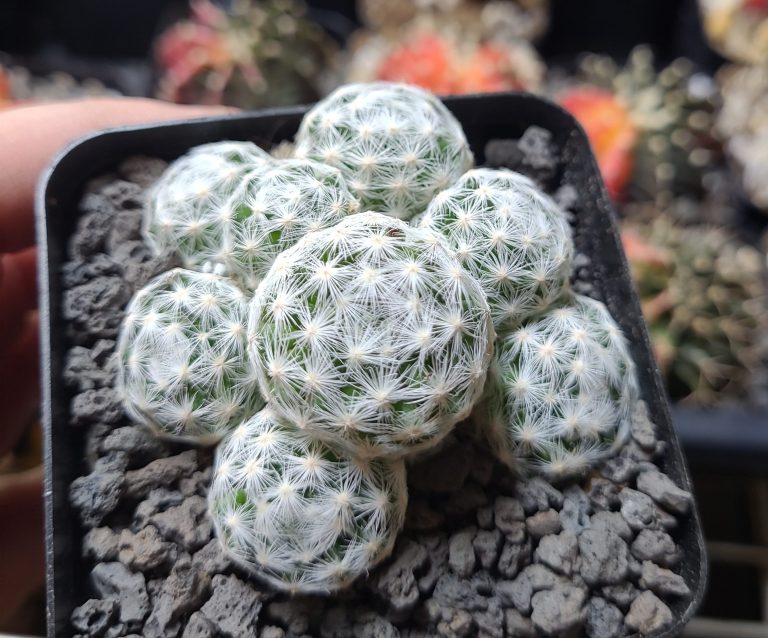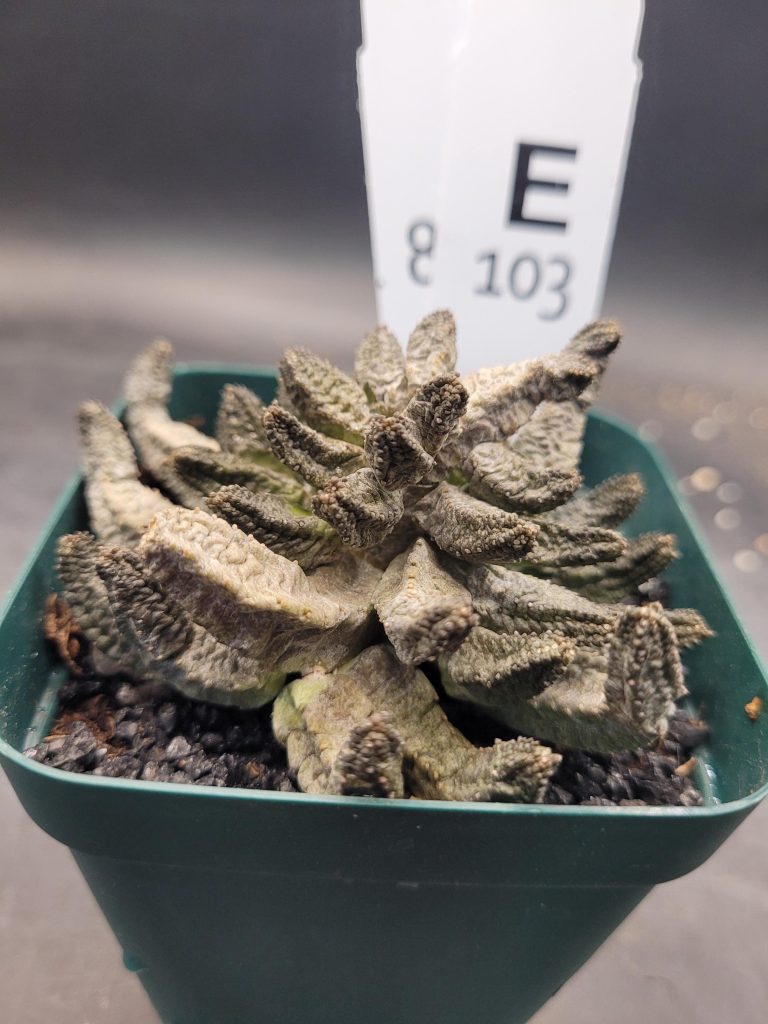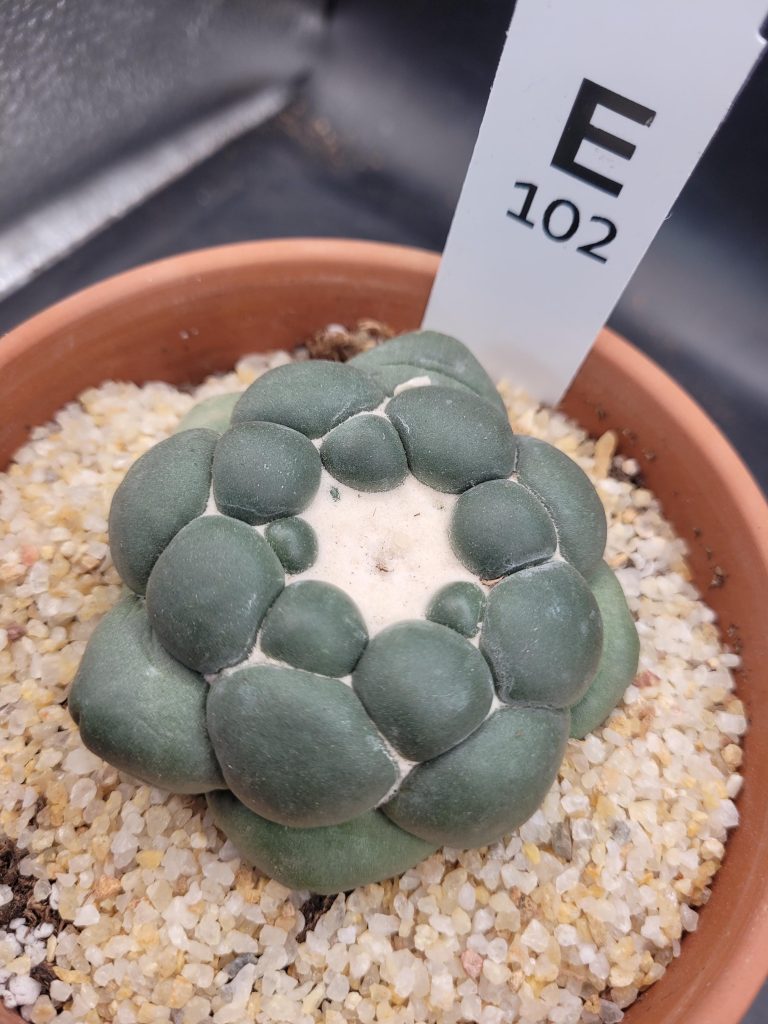Stephania erecta bulbs, with their intriguing appearance and unique growth patterns, have captured the fascination of plant enthusiasts around the world. Originating from the tropical regions of Thailand and the Indo-Chinese Peninsula, these bulbs offer a captivating addition to any indoor garden. In this blog post, we’ll delve into the mystique of Stephania erecta bulbs and explore the secrets to caring for these remarkable plants.
Understanding Stephania Erecta Bulbs: Stephania erecta bulbs, also known as “corkscrew vine” or “climbing knot vine,” belong to the genus Stephania within the family Menispermaceae. These perennial climbers are characterized by their tuberous caudex, which serves as a reservoir for storing water and nutrients during periods of dormancy. As the bulbs mature, they develop intricate patterns and unique growth habits, making them a captivating sight in any botanical collection.
Caring for Stephania Erecta Bulbs: Caring for Stephania erecta bulbs requires a nuanced approach that mimics their natural habitat and growth habits. Here are some essential care tips to ensure the health and vitality of your Stephania erecta bulbs:
- Light Requirements: Provide bright, indirect light for your Stephania erecta bulbs, avoiding exposure to direct sunlight, which can scorch the delicate foliage. A location near a north or east-facing window is ideal for maintaining optimal light levels.
- Temperature and Humidity: Maintain temperatures between 60 to 80 degrees Fahrenheit, ensuring they do not drop below 53.6 degrees Fahrenheit. These tropical plants thrive in high humidity environments, so consider placing them in a location with elevated humidity levels or using a humidifier to create an ideal microclimate.
- Watering: Stephania erecta bulbs are sensitive to overwatering, so it’s crucial to strike the right balance. Water the bulbs once a week, allowing the soil to dry out slightly between waterings. Ensure the pot has adequate drainage to prevent waterlogging, which can lead to root rot and other issues.
- Soil Mix: Use a well-draining soil mix enriched with perlite or sand to promote proper drainage and aeration. Avoid heavy, compacted soils that can retain excess moisture and suffocate the roots.
- Support and Training: As natural climbers, Stephania erecta bulbs benefit from support structures such as moss poles or trellises. Encourage upward growth by providing a stable framework for the vines to cling to, enhancing their aesthetic appeal and overall health.
- Dormancy Period: During the winter months, Stephania erecta bulbs may enter a period of dormancy characterized by reduced growth and leaf loss. Reduce watering frequency during this time and refrain from fertilizing until new growth resumes in the spring.
By following these care guidelines, you can unlock the full potential of your Stephania erecta bulbs and enjoy their unique beauty year-round. Whether adorning a sunny windowsill or gracing a lush indoor garden, these remarkable plants are sure to captivate and inspire with their charm and resilience.
1. Ideal Environmental Conditions:
- Originating from tropical regions of Thailand and the Indo-Chinese Peninsula, Stephania erecta bulbs thrive in bright, indirect light. Avoid exposing them to strong, direct sunlight.
- Maintain temperatures between 60 to 80 degrees Fahrenheit, ensuring they do not drop below 53.6 degrees Fahrenheit.
- High humidity levels are preferred to replicate their native habitat.
2. Watering Regimen:
- Stephania erecta bulbs are sensitive to overwatering. Watering once a week is typically sufficient.
- Allow the soil to dry out between waterings to prevent root rot. Ensure the pot has good drainage to prevent waterlogging.
- Reduce watering frequency during the winter months when growth slows down.
3. Soil Mix:
- Opt for a well-draining soil mix with high levels of perlite, similar to a cactus mix. This promotes proper drainage and prevents water retention.
- Ensure the soil allows for free flow of water to prevent waterlogging, which can be detrimental to the bulb’s health.
4. Growth Patterns and Planting Tips:
- Stephania erecta bulbs are natural climbers and prefer to grow up something. Provide them with a support structure like a moss pole or trellis.
- During the winter, the plant may go dormant and lose its leaves. Reduce watering during this period.
- When planting, position the bulb with the pointy side up, ensuring most of the caudex (bulb) is above the soil level.
- To encourage sprouting in dormant bulbs, start them in a humidity dome or cover them with a plastic bag under bright, indirect sunlight. Once new growth appears, remove the cover.
5. Pest and Disease Management:
- Monitor the plant regularly for signs of pests such as spider mites, whiteflies, aphids, thrips, and mealybugs.
- Ensure the soil is clean and pest-free before planting to prevent pest infestations.
- Watch for fungus development, which can occur from overwatering. Maintain proper watering practices to avoid fungal issues.
By following these care guidelines, you can ensure the health and vitality of your Stephania erecta bulb, allowing it to thrive in your indoor garden.

